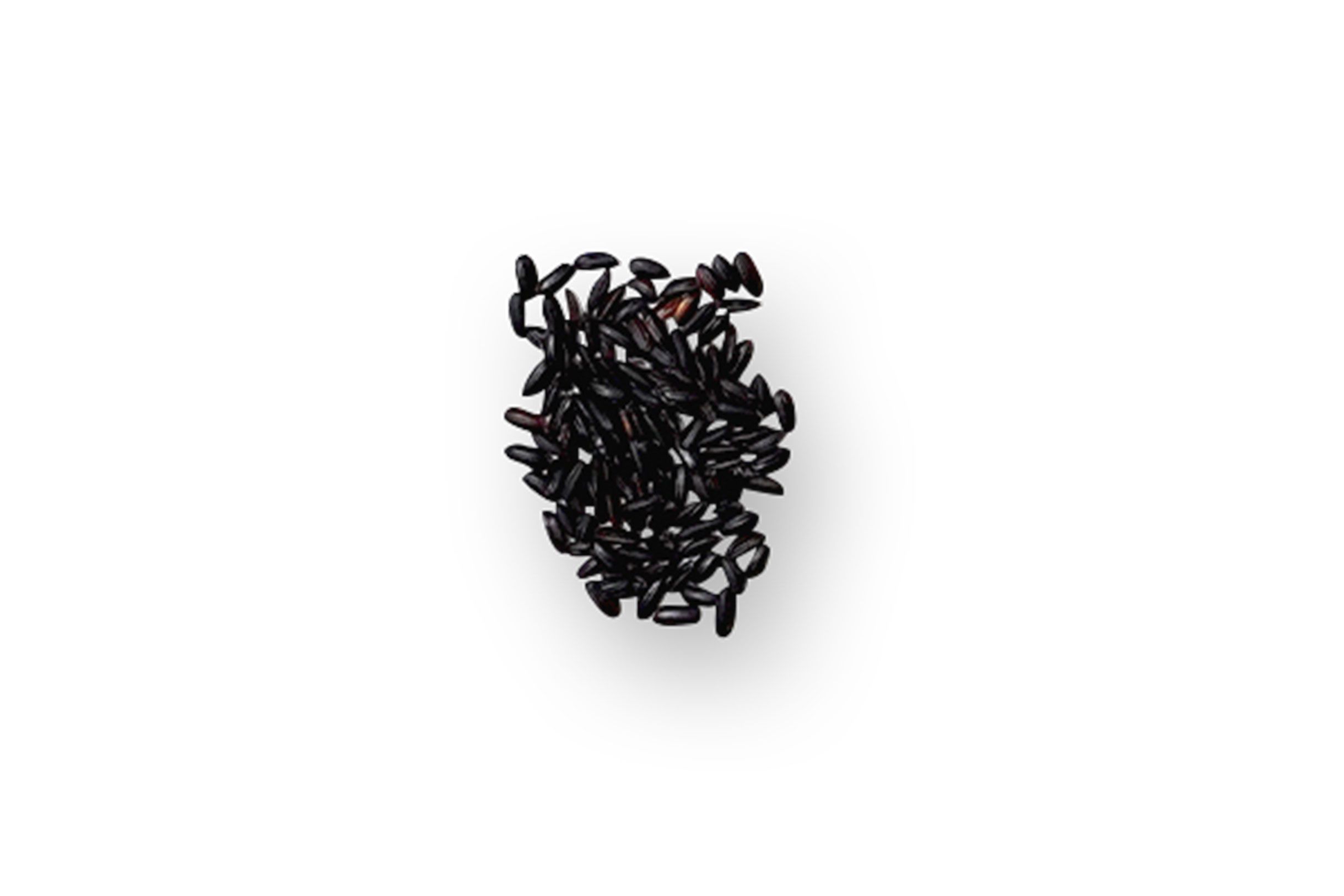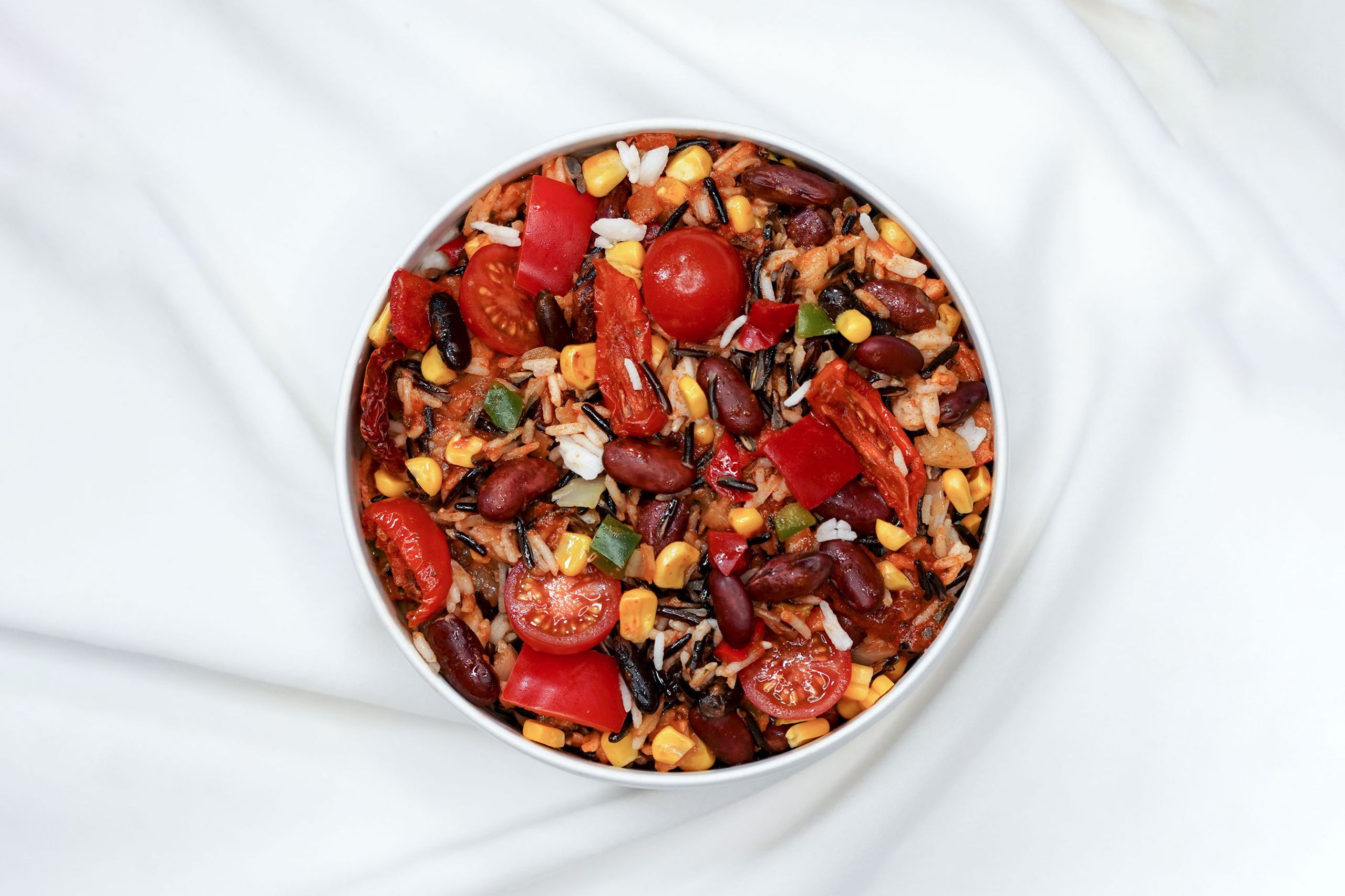Wild rice
Nutritious, nutty flavour and naturally gluten free!
Intro
This rice variety is popular due to its nutty flavour and firm texture. It gives every meal a nice density and has more nutrients than conventional rice varieties.

What is wild rice?
Wild rice is actually not rice but the seed of a sweet grass. It grows near beds of water (riverbeds or sea banks) and is therefore also referred to as water oats. The most commonly harvested types are botanically defined as Zizania palustris and Zizania aquatica. Wild rice is only referred to as rice because of the similar appearance. Its aromatic flavour makes it a favourite among starches.

Where does wild rice come from?
Wild rice was originally grown and harvested by Native Americans, who made it a staple in their diet for centuries. It wasn’t until the late 20th century that it was industrially cultivated in the US and Canada due its nutritional density and satisfying flavour.
Which varieties are there?
There are three varieties native to North America:
Zizania palustris (Northern wild rice)
Zizania Texana (Texas wild rice)
Zizania aquatica (Wild rice)
And one variety native to China:
Zizania latifolia (Manchurian Wild Rice)
When is wild rice in season?
Wild rice is available all year round as it grows throughout the seasons.
Our tips for how to prepare wild rice:
When wild rice is cooked in water, the kernels triple in size. So be aware that you keep this in mind for portioning.
Wild rice and black rice look very similar and can be hard to tell apart. Wild Rice kernels are distinctly longer and thinner than rice. Wild Rice also has a brown-green colour to it, while black rice is a black colour.
Wild rice has a very satisfying nutty taste, and infuses any dish with a hearty comfort.
Wild rice can be a great starchy substitute for pasta, potatoes or regular rice.
Best ways to prepare wild rice:
Boil in water for 45-60 minutes until water has been fully absorbed.
Wild rice nutrition facts per 100g:
| Typical Values | 100g |
|---|---|
| Calories | 349 |
| Fat | 1.3g |
| Carbohydrates | 74g |
| Fibre | 4.7g |
| Sugar | 0g |
| Protein | 8.3g |
Nutrients found in Wild Rice:
Vitamins:
Vitamin B6 and Folic Acid
Minerals:
Magnesium, Phosphorus, Zinc, Copper and Manganese
Wild rice is naturally gluten free and also high in antioxidants. It is also a good protein source. 100g of wild rice contains 4g of protein, which is twice as much as brown or white rice. It is second only to oats in protein content per 100 calories

